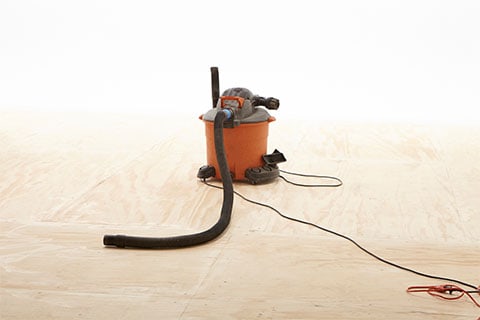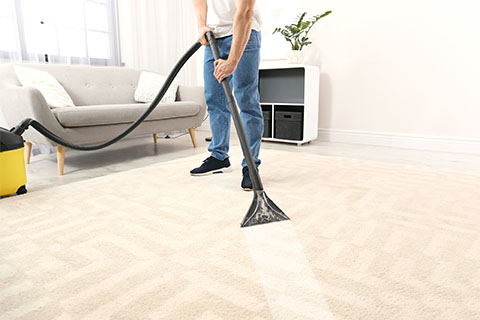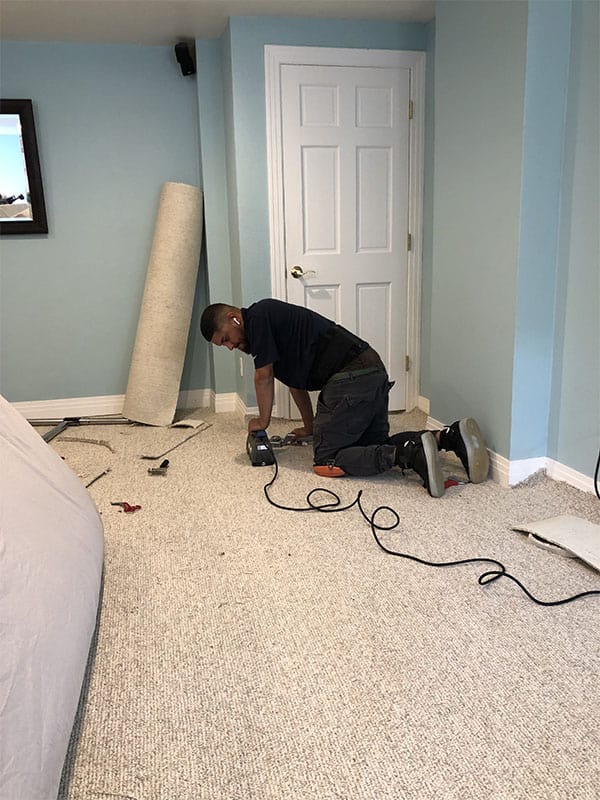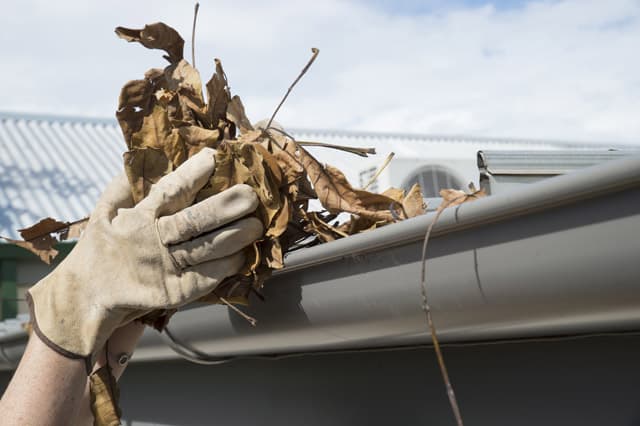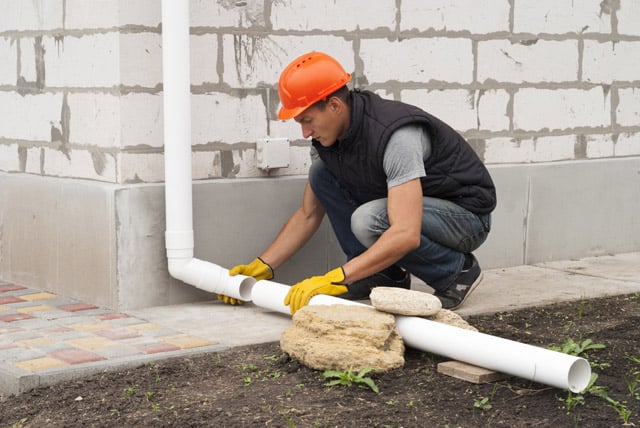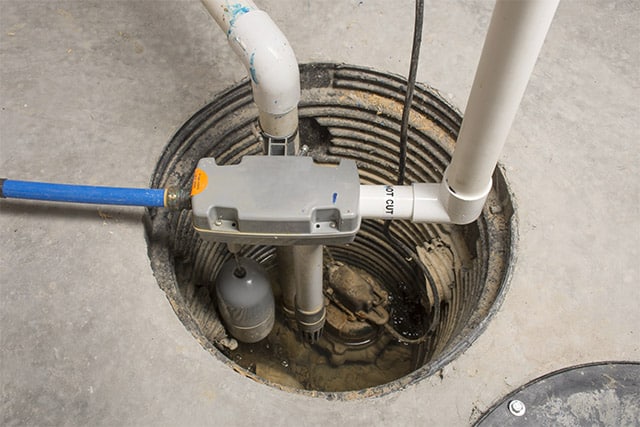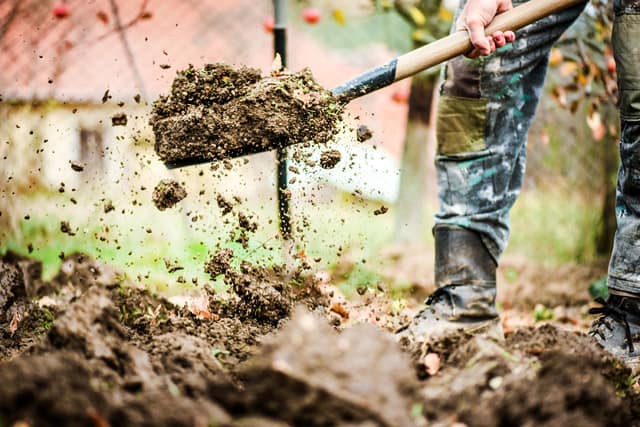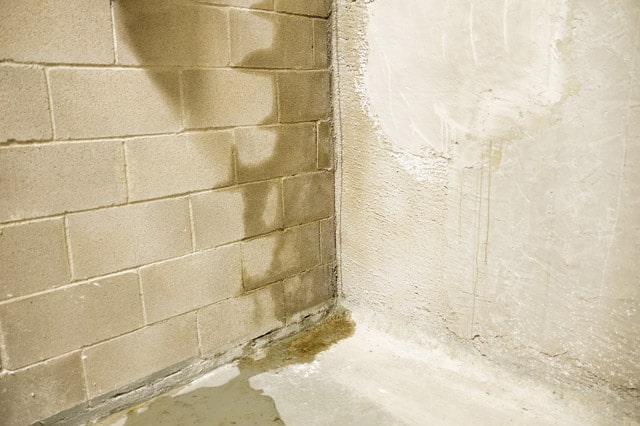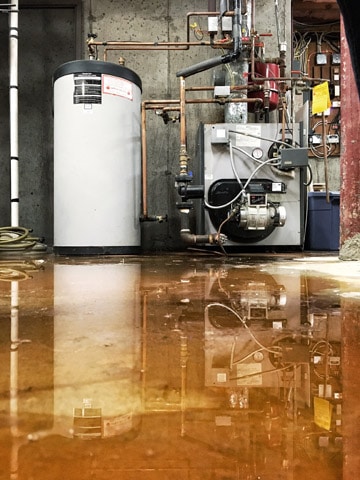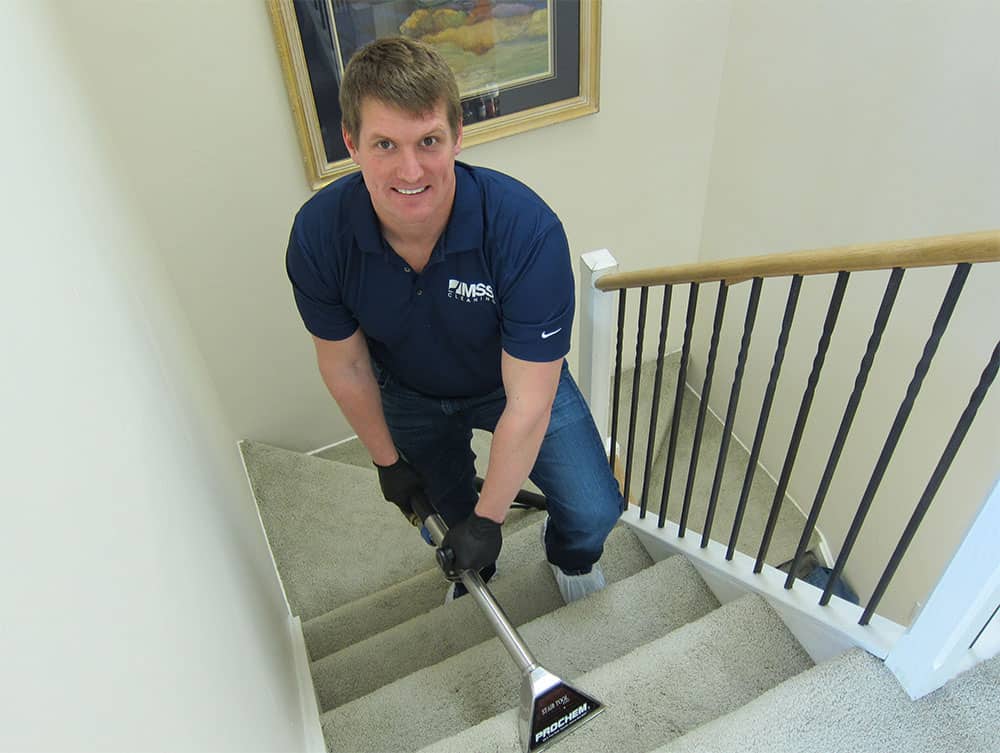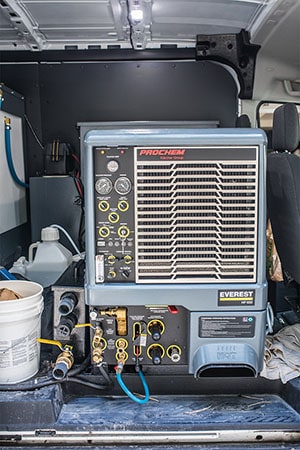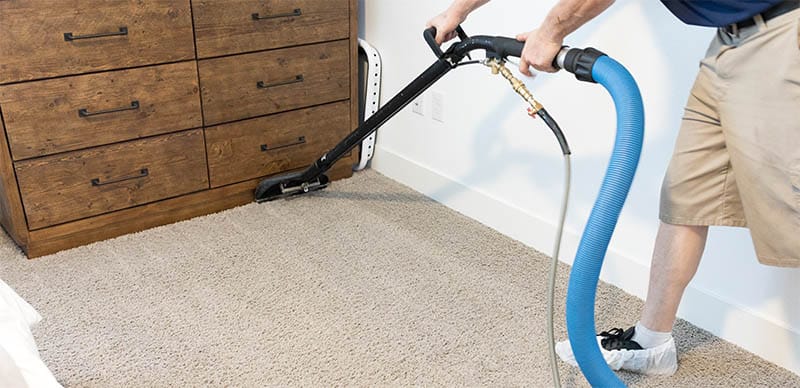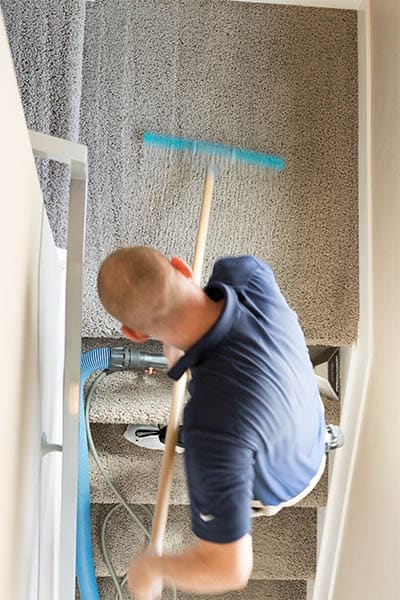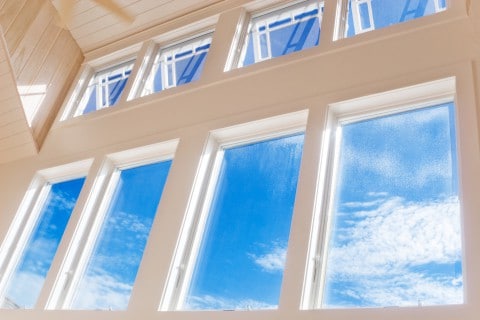Essential Safety Tips During Water Damage Restoration
Essential Safety Tips During Water Damage Restoration Cleanup
Water damage can happen at any time. Often, it’s an unpleasant and unexpected event. While certain areas are prone to flooding and water damage may be anticipated during particular times of the year, other issues related to plumbing or burst pipes can’t be predicted.
When these events occur, water damage cleanup and restoration become a priority. Its normal to want the cleanup to commence as soon as possible but keeping safety at the top of mind is just as important.
Water damage cleanup companies are well-versed in the steps that need to be taken to keep the process safe. That being said, homeowners and business owners should also be aware of the following essential safety tips when participating in water damage cleaning.
Evaluate the Space for Potential Hazards Before Cleaning Begins
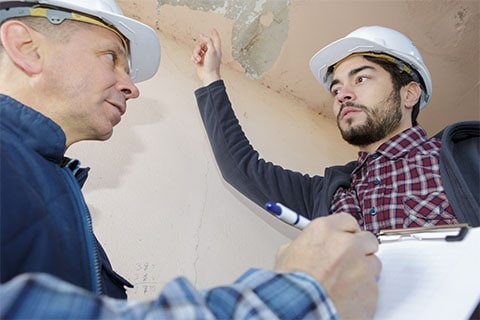
It’s tempting to jump right into water damage cleanup and restoration, especially when you can’t wait to return a space to looking its best. However, not taking the time to evaluate a property for potential hazards can prove highly dangerous.
Be sure to sweep any water damaged areas for live electrical wires, or products that may have spilled before entering the room.
Electricity needs to be disconnected before cleanup begins. Large, hazardous items also need to be removed to create a safe cleanup space.
Wear Waterproof and Non-Conductive Boots and Gloves
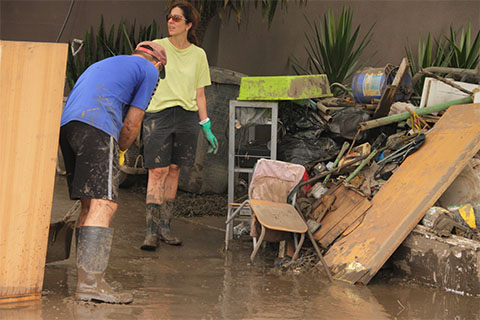
Professional water damage cleanup companies already have the proper cleanup gear available as part of their inventory. Homeowners and business owners will want to be sure to invest in waterproof and non-conductive boots and gloves before stepping into a water damaged area.
These important components of cleanup apparel reduce risks related to slipping and falling or unexpectedly catching a live wire that was initially missed in the room sweep.
In addition to waterproof boots and gloves, eye protection is often recommended throughout the cleanup process. Eye protection is a simple way to keep any flying debris at bay.
Have Access to a Sump Pump
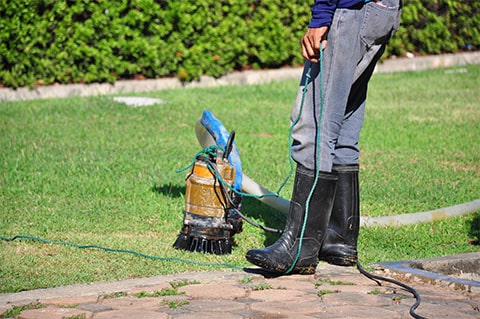
Extracting water from a flooded area is the first step in cleaning and restoring the water-damaged property. Access to a sump pump is particularly important when flooding is severe.
A sump pump allows for full removal of standing water, clearing the space efficiently for more detailed restoration to begin.
Without a sump pump for deep standing water, there’s always a risk that water gets left behind, creating a slipping hazard, and promoting structural issues later on.
Commit to the Use of a Dehumidifier in Water Damage Cleaning

High-speed fans are an important part of cleaning up water damage and restoring a space, but when it comes to keeping the air everyone breathes in the room healthy, a dehumidifier is a must.
The combination of fans and a dehumidifier guarantees that the room is completely dried out before new carpeting or flooring is set.
A high level of certainty regarding a room’s dryness is the only way to reduce the risk of mold growth.
Including a dehumidifier into the cleanup process provides peace of mind around quality cleaning standards and safety.
Keep an Eye on Potential Surrounding Damage
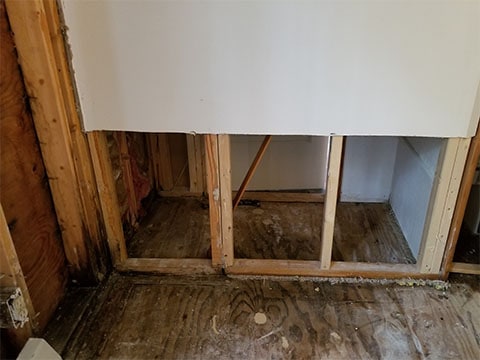
When it’s time to begin the process of water damage restoration, taking a moment to look around a room for associated damage that could prove problematic later on is important… then feel free to look again.
It’s easy to focus exclusively on flooring issues and completely forget that damage elsewhere could diminish the structural integrity of an entire property down the line.
It’s recommended that homeowners and business owners pay particular attention to surrounding drywall and baseboards that could have been affected by flooding. These are the areas that are most prone to water damage and are often breeding grounds for mold if left unattended.
Similarly, they may be areas prone to insect infestations as materials become more porous with increased moisture levels.
If you’re the type that prefers to double-check their work, use what the pros use. A moisture meter is essential in certifying results for these areas.
Readings off this meter can determine whether or not drywall and baseboards can be salvaged or need to be replaced to maintain high safety standards.
Water Damage Cleaning Professionals in Denver
Water damage may be a common occurrence, but that doesn’t mean it’s pleasant or easy. If you’re a homeowner or business owner struggling with water damage in the Denver area, feel free to give the experts at MSS Cleaning a call.
We’re always here to provide safe, effective, and efficient water damage cleaning and restoration services. We bring experience and superior customer service standards into every project, delivering up results that are sure to satisfy.
Or Call: 1-720-233-0761

